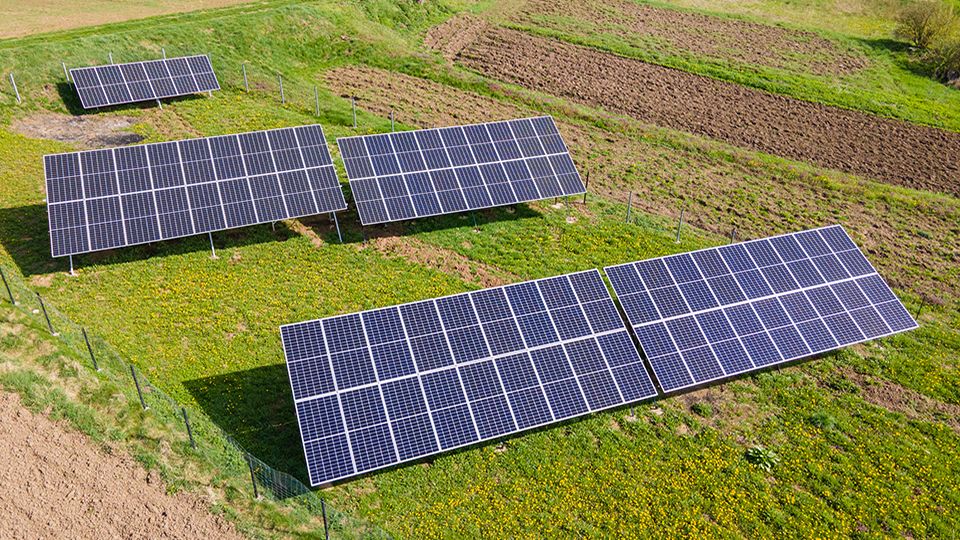The Asian market for electric vehicles (EVs) is expected to flourish in the coming years as governments, the private sector and society in general all pursue decarbonisation goals.
According to a report Asia’s Electric Vehicle Ecosystem to Benefit from Climate Goals and Demand Growth from Sustainable Fitch, the region will become a hub for EV manufacturing activity on the back of demand growth for low-emissions transportation.
“Diverse EV options at a wide range of price points should continue to attract consumers, despite issues with electricity availability and vehicle affordability,” said Nneka Chike-Obi, head of Apac ESG research at the firm.
The increasing adoption of EVs should also have broader benefits for economies across emerging Asia, amid the subsequent boost in demand for aluminum and rare earth minerals.
“Indonesia holds the world’s largest nickel reserves, at 22% of global reserves and China currently produces more than 60% of the world’s graphite and rare earths,” added Samuel Bentley, client portfolio manager for equities at Eastspring Investments.
Regional drivers growing
Directly in the EV space, for governments to meet national net-zero targets, which range from the years 2050 to 2070 among Asia’s largest economies, Sustainable Fitch identifies public support for transport-sector electrification as essential.
In southeast Asia, traditionally a centre for vehicle-component manufacturing, governments want to attract foreign direct investment into the EV sector.
Chike-Obi points to several investments from international automotive, electronics and metals and mining companies seeking to boost manufacturing capacity for both the Asian and global export markets.
China, which generates one-third of global emissions, has provided financial incentives via tax breaks and subsidies to the EV sector for more than a decade. “These policies prioritise domestic manufacturers, contributing to the country’s dominance in global EV production and sales,” explained Chike-Obi.
China takes EV lead
China’s progress is especially notable, with Morningstar forecasting the country to continue to lead the world in adoption rate and number of EVs sold – at a 60% EV adoption rate by 2030, up from nearly 19% in 2022.
“As EVs become cheaper than ICEs (internal combustion engines) after subsidies and chargers become abundant throughout the country, we see Chinese consumers rapidly transitioning to EVs throughout the decade,” said Vincent Sun, a Hong Kong-based equity analyst at Morningstar, who also covers the China EV sector.
The firm’s outlook and consensus have both risen in response to rapidly growing EV sales and favourable government policies.
UBS also believes in China’s dominance in this space. It highlights BYD, a leading Chinese automaker, along with other Chinese original equipment manufacturers (OEMs), as being likely to lead the global automotive market with high-tech, low-cost EVs for the masses, hereby accelerating worldwide EV adoption.
Even with trade barriers in mind, the investment bank said there is a sustainable, roughly 25% cost advantage for BYD over legacy competitors, bearing the potential to disrupt legacy OEMs on their home turfs.
“We expect Chinese OEMs to double their global market share by 2030,” said Paul Gong, head of China autos research at UBS Investment Bank. “We estimate 16% gross margin and 5% EBIT margin for BYD Seal, similar to profits made on mass-market combustion engine cars globally.”
In addition to BYD, he expects a handful of Chinese EV leaders to expand their production footprint globally, with Europe being a top priority.







